
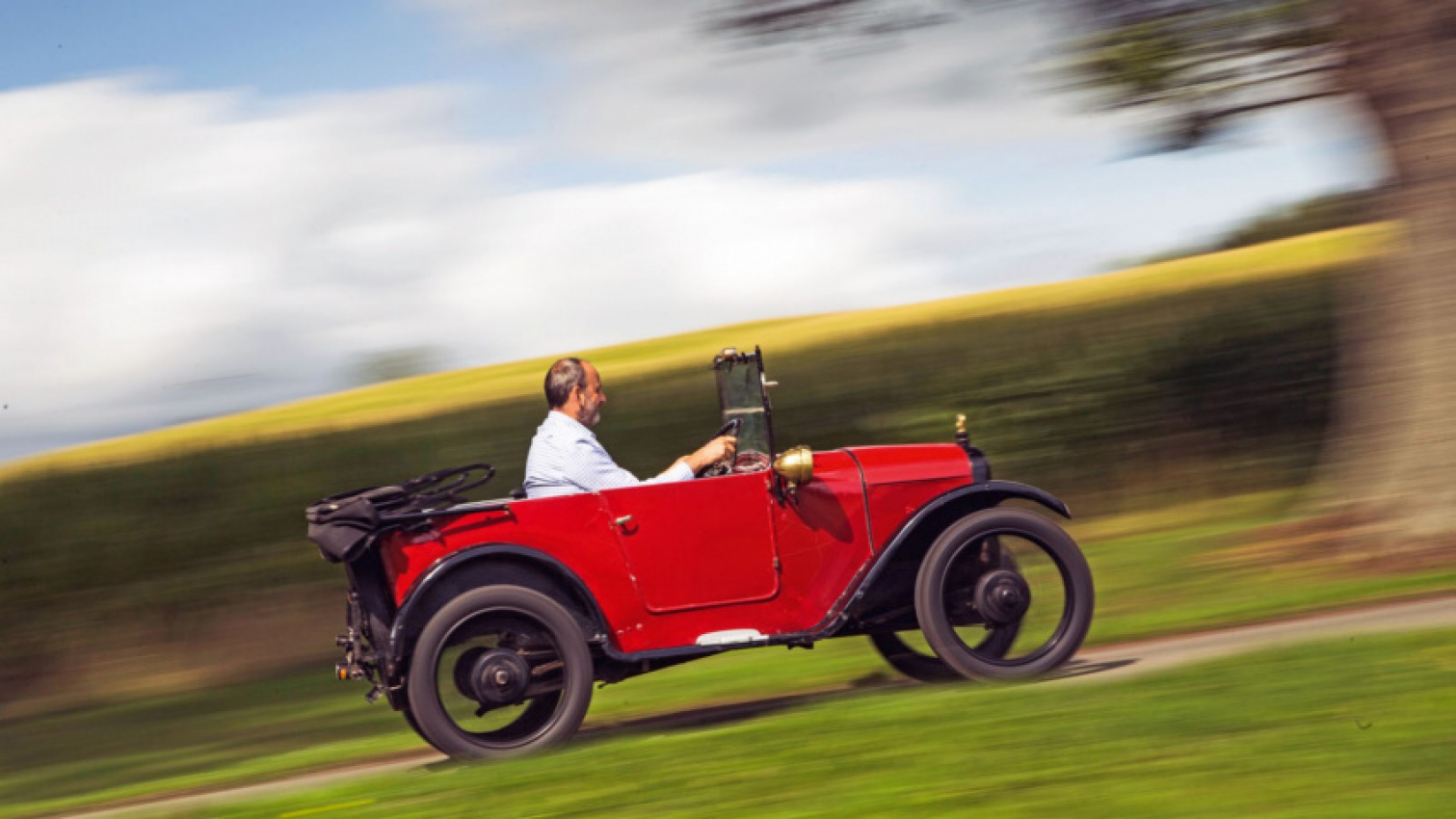


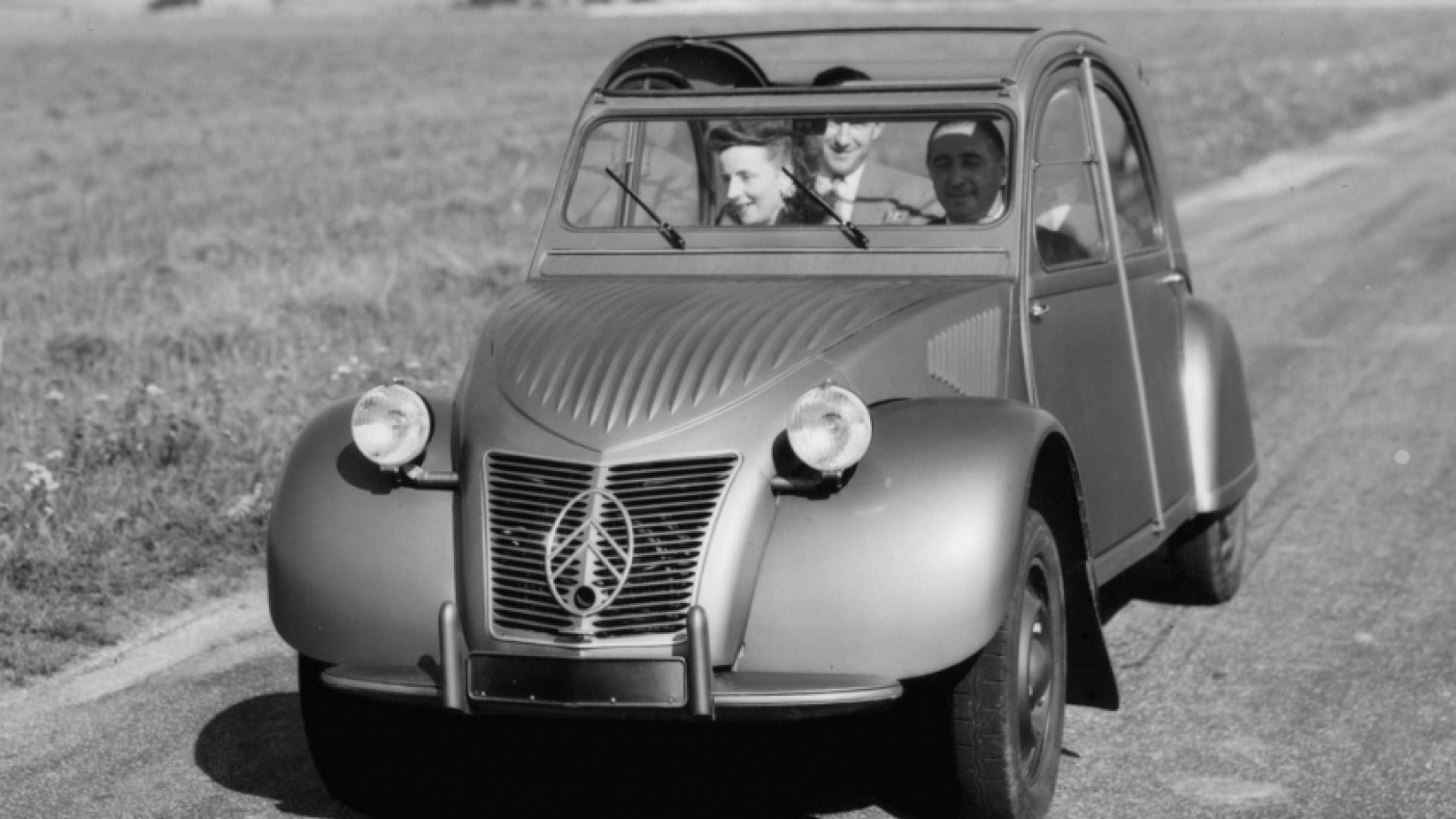
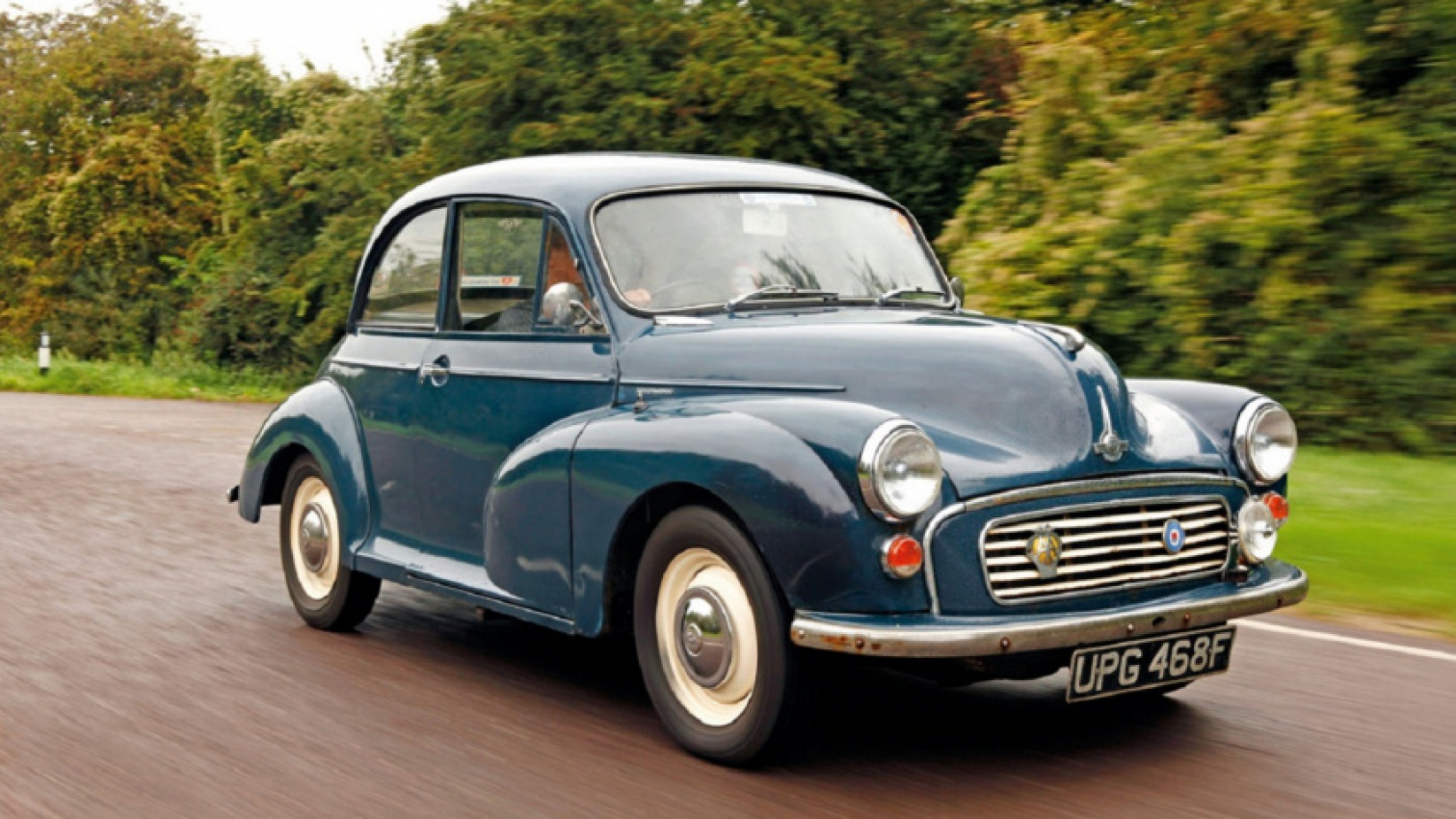
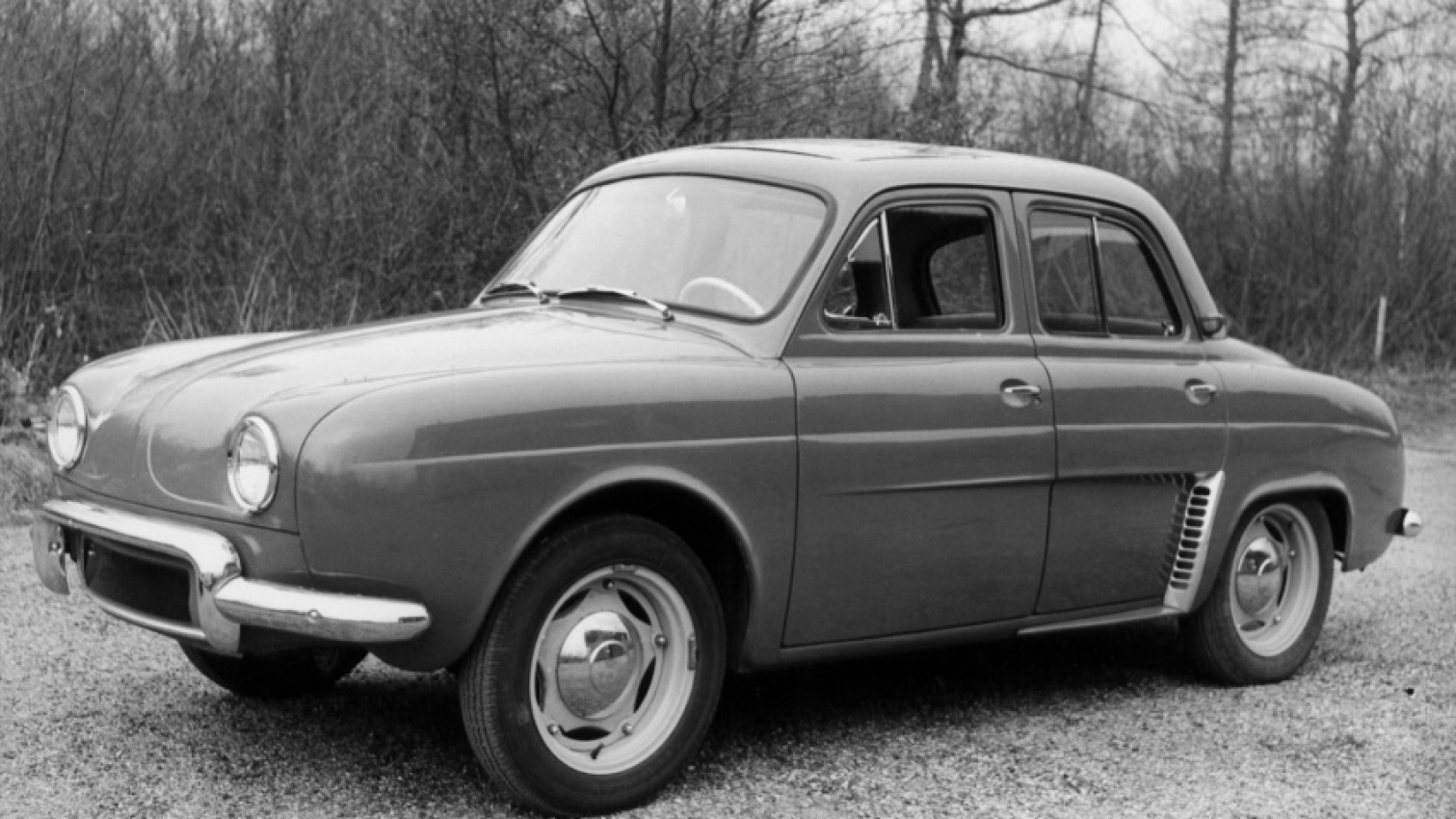

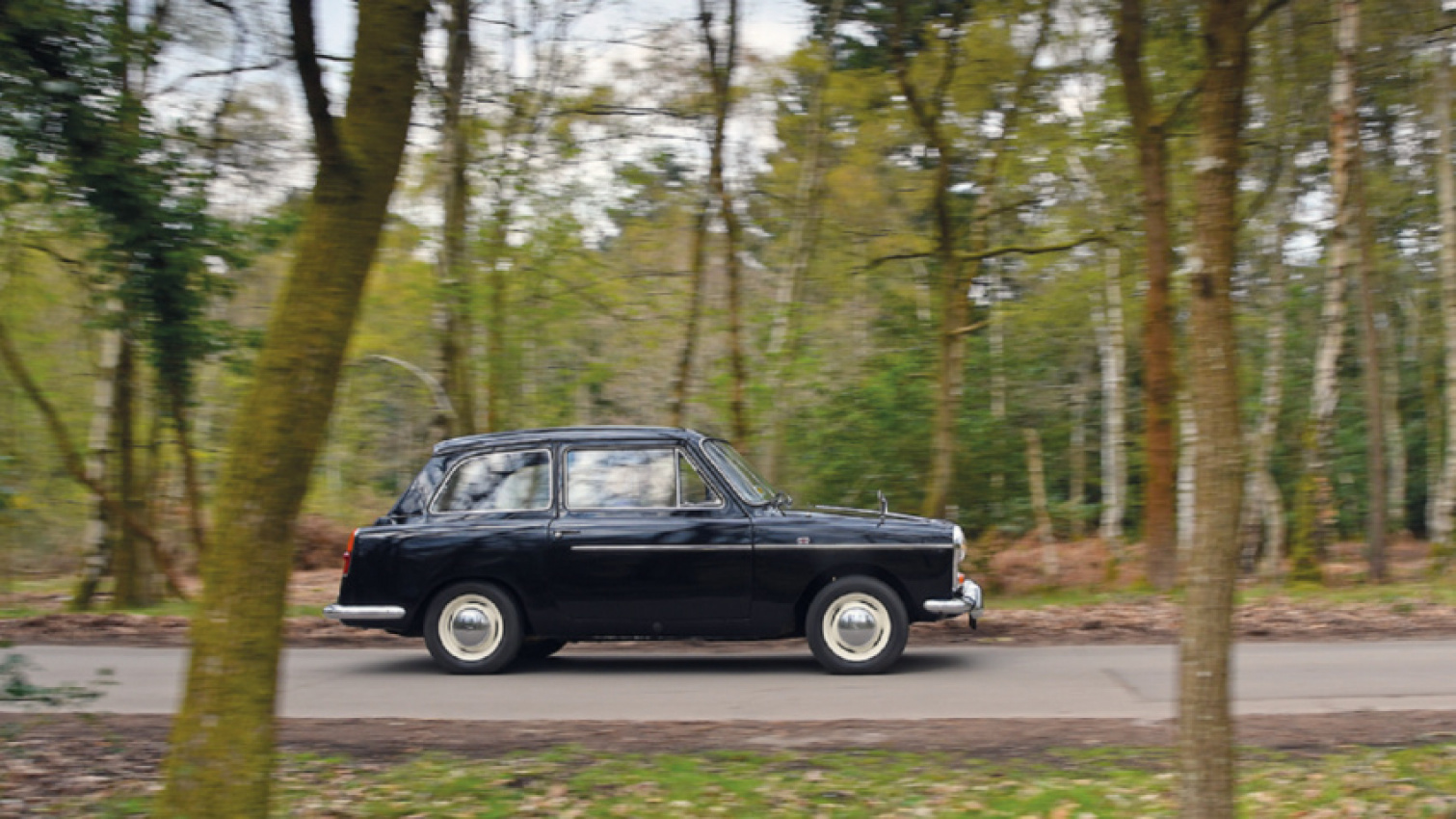
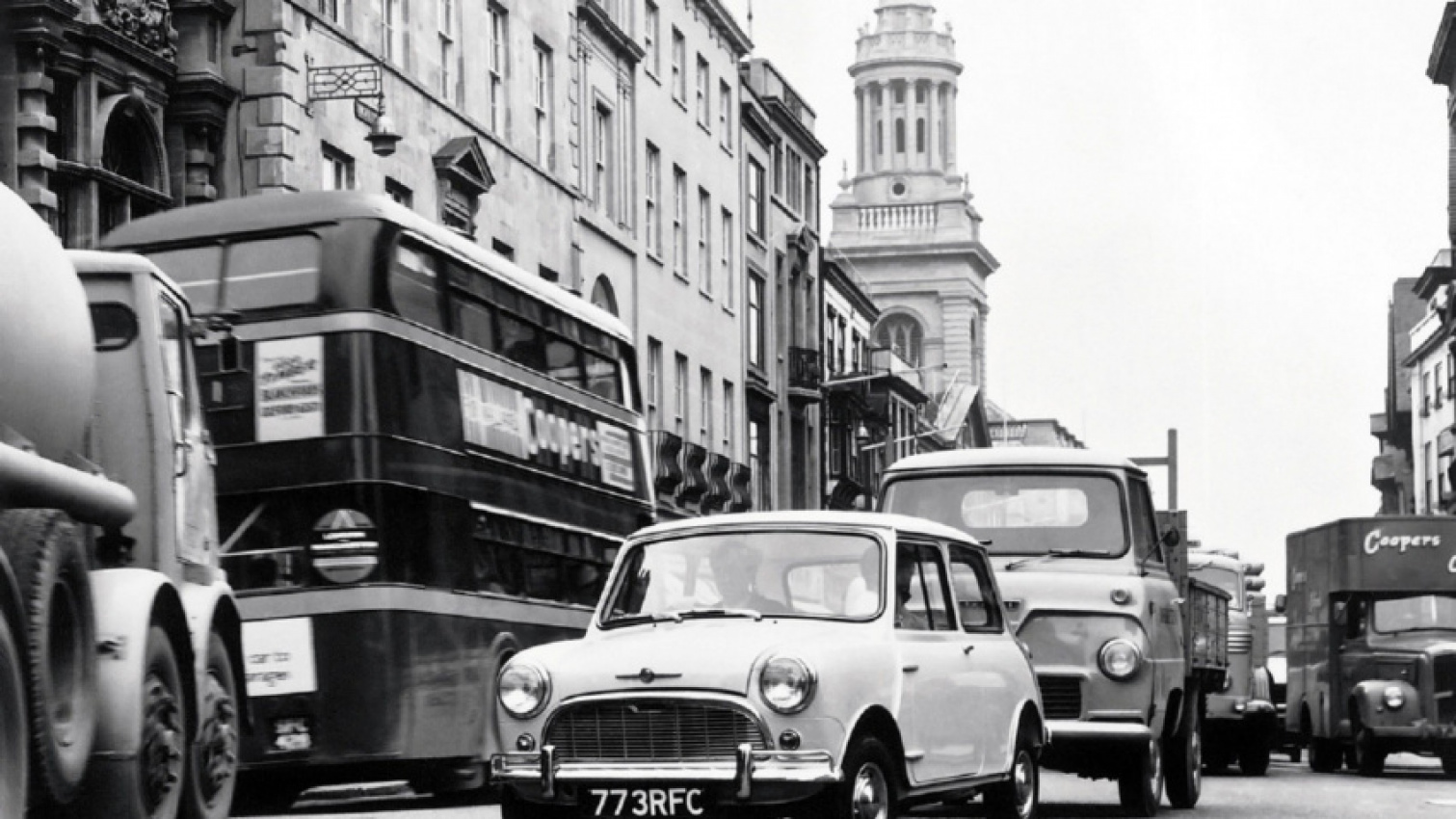

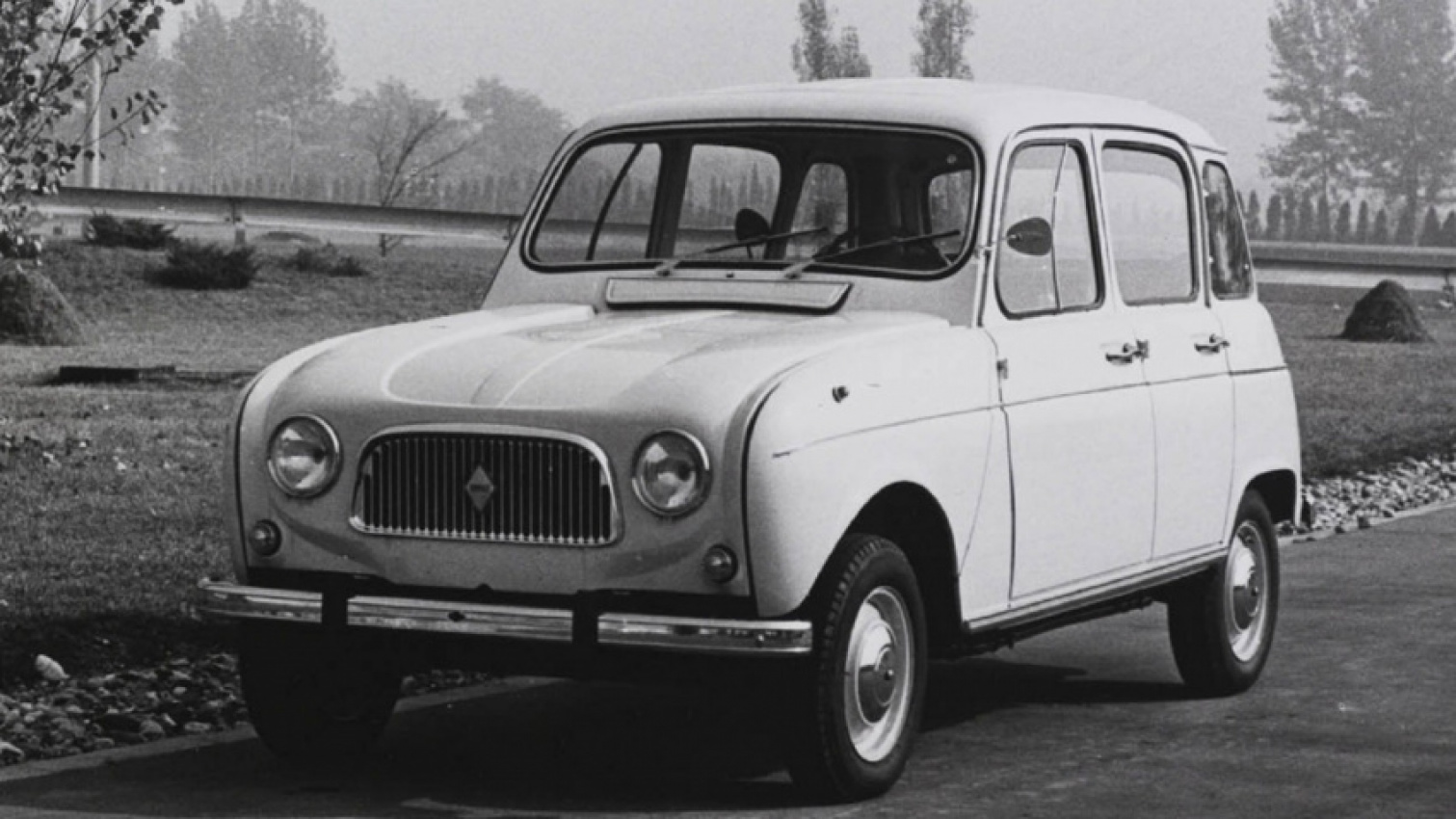
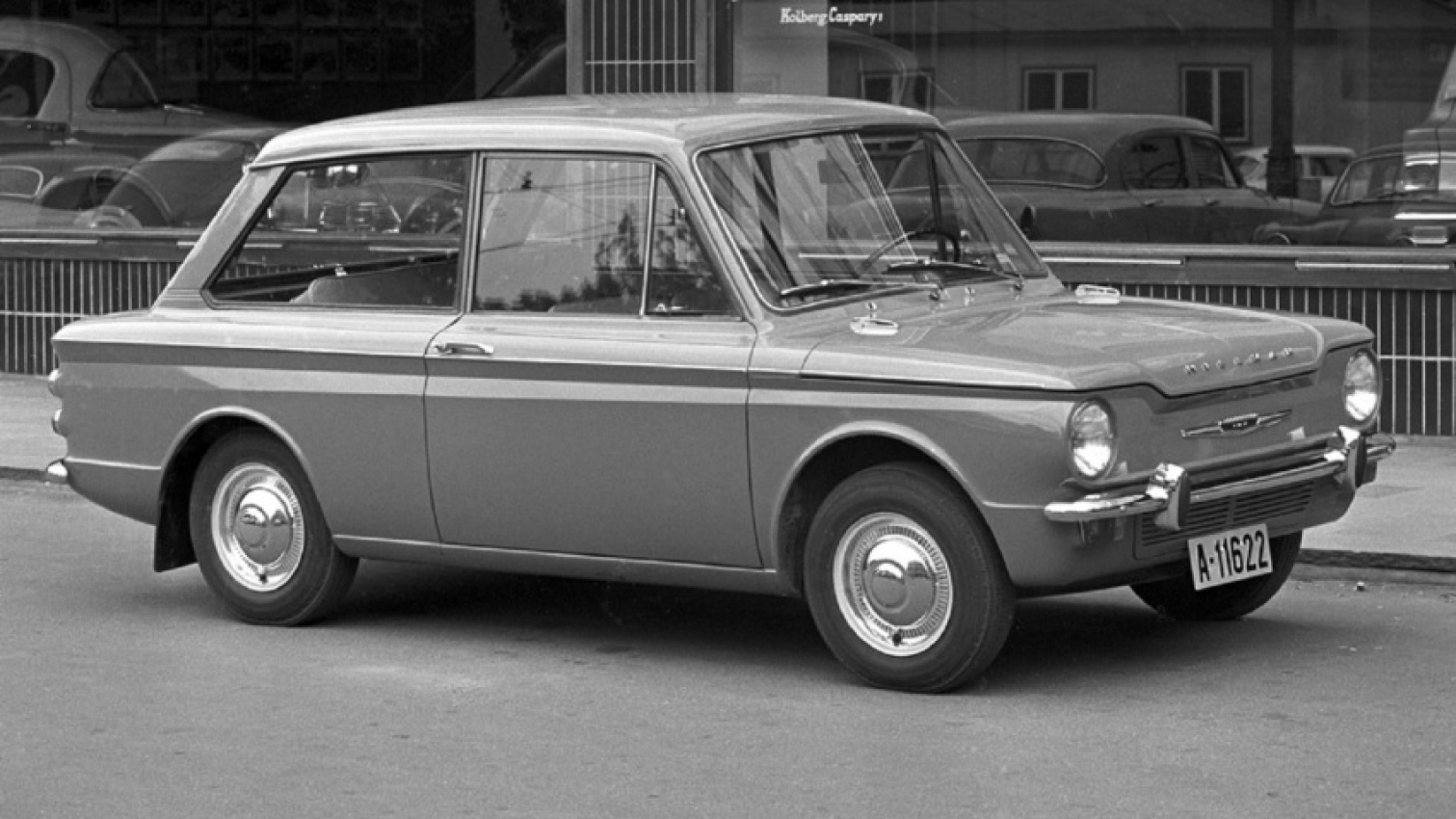
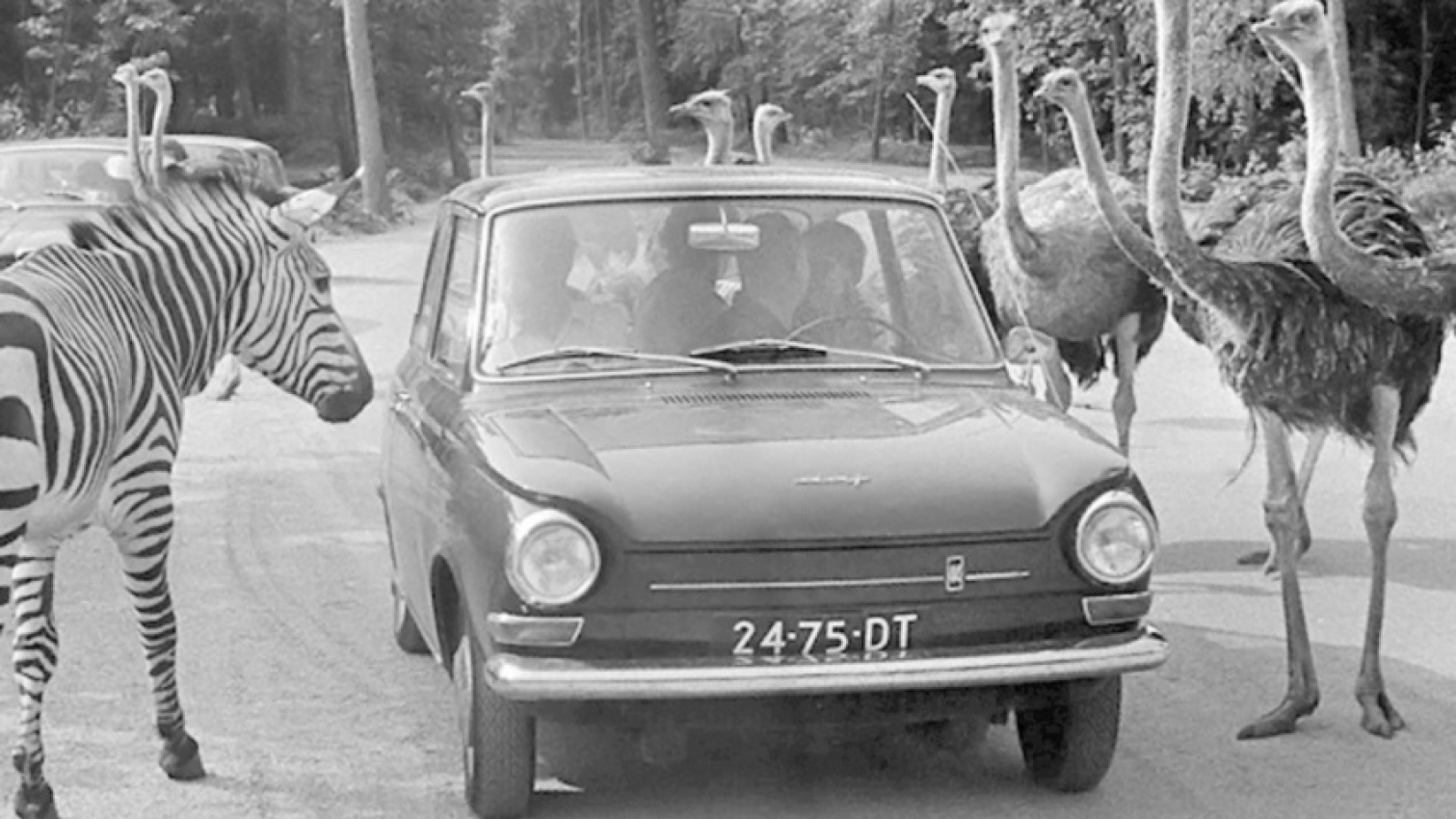

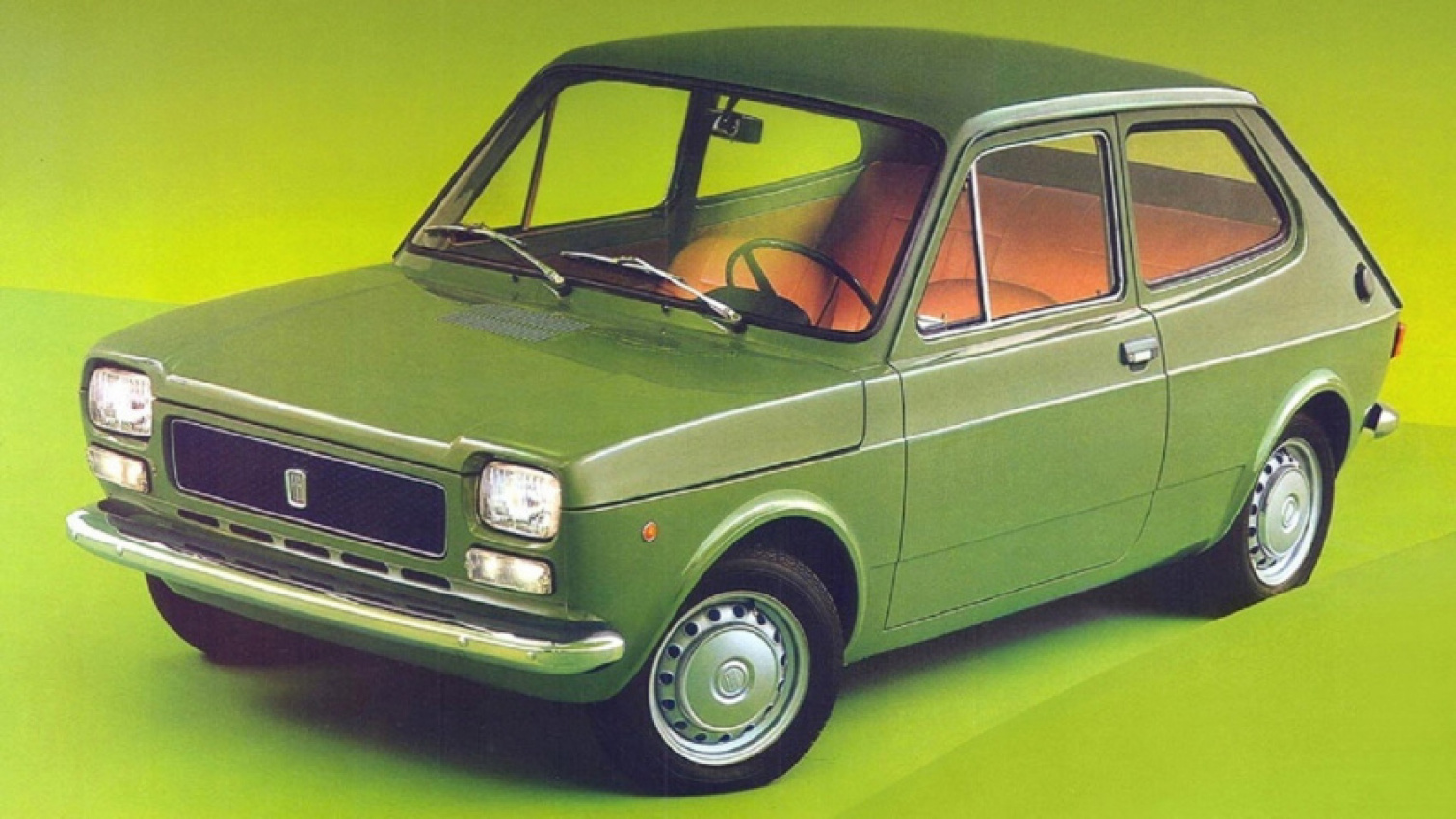

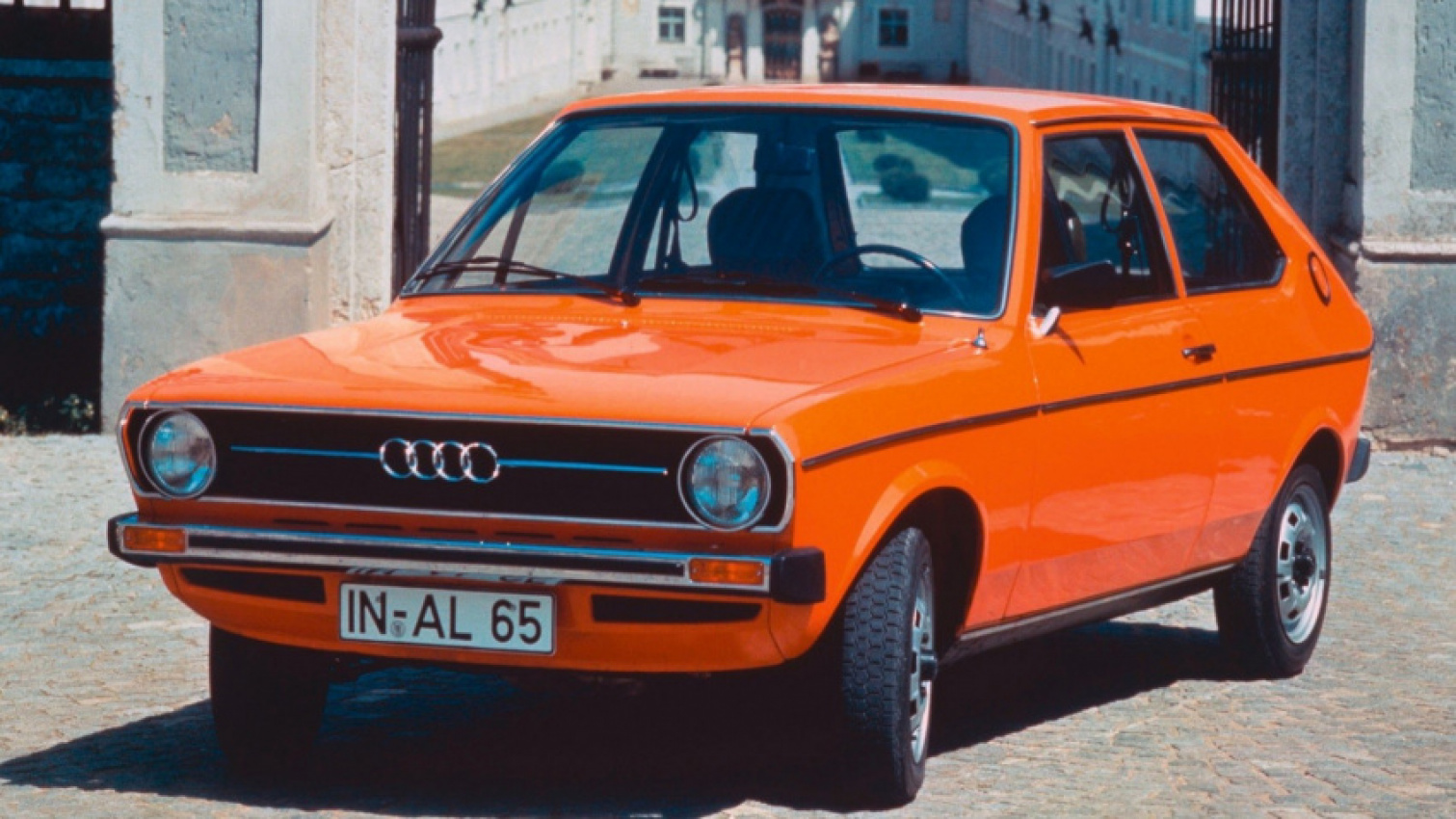
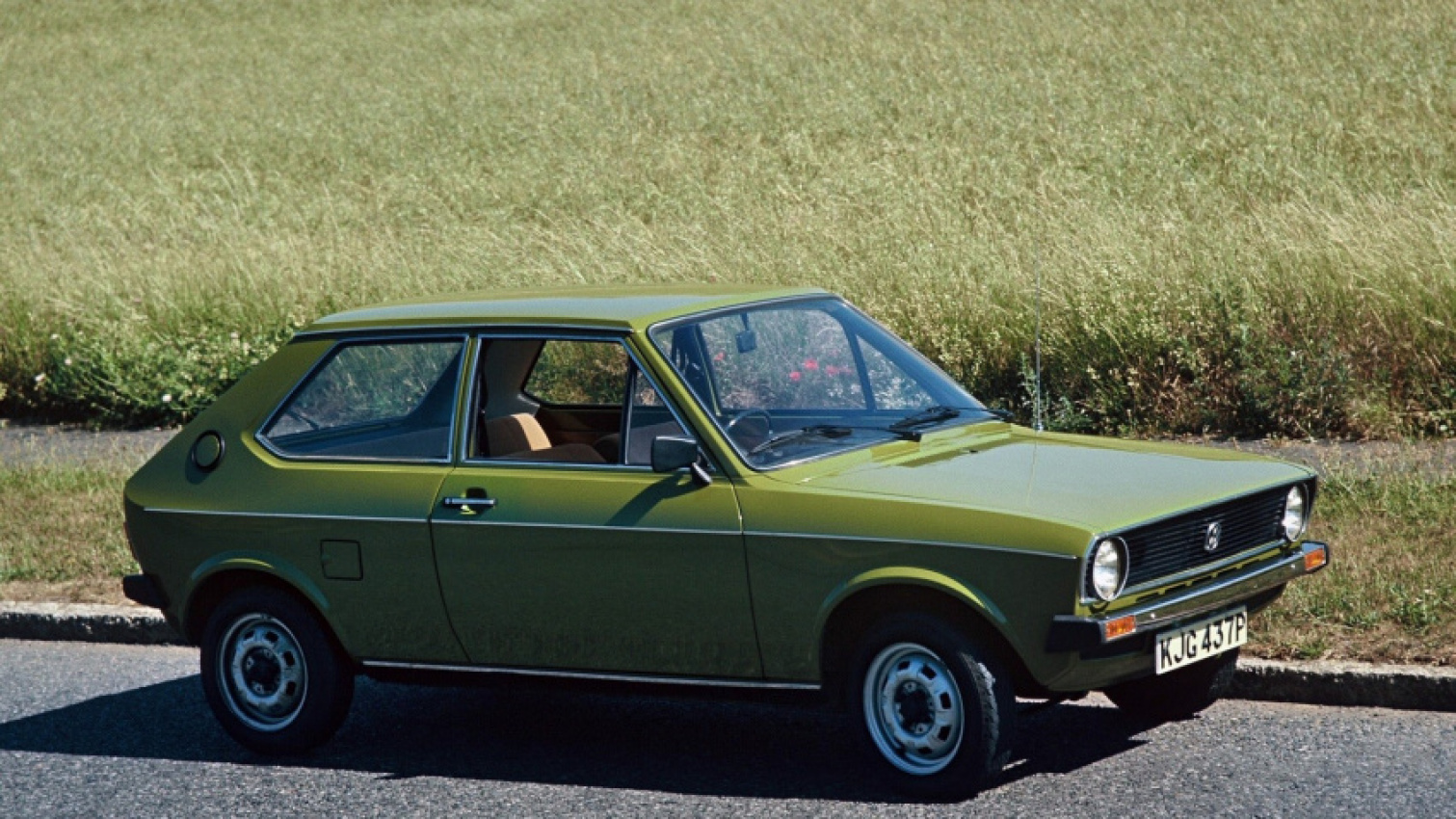
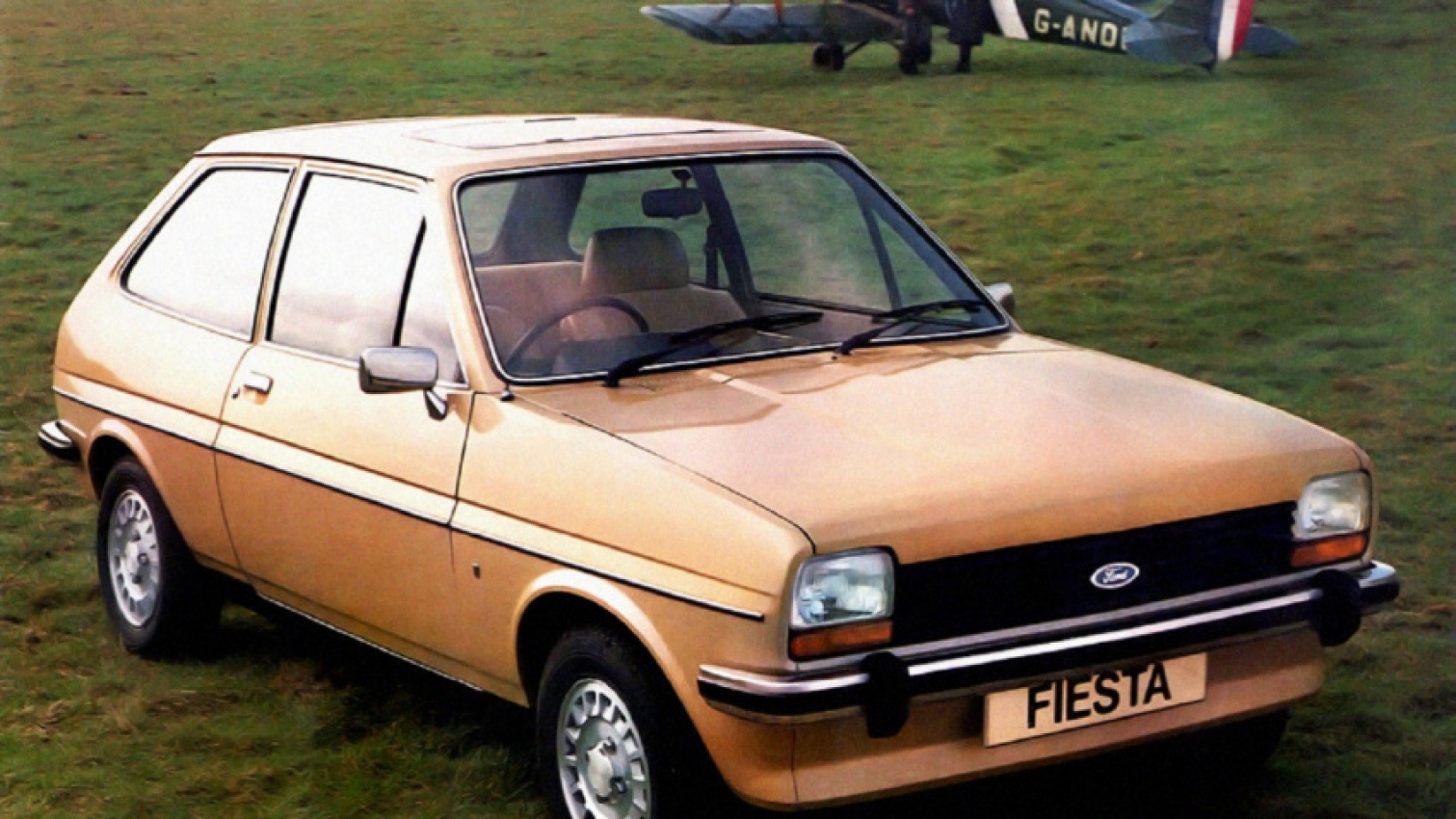

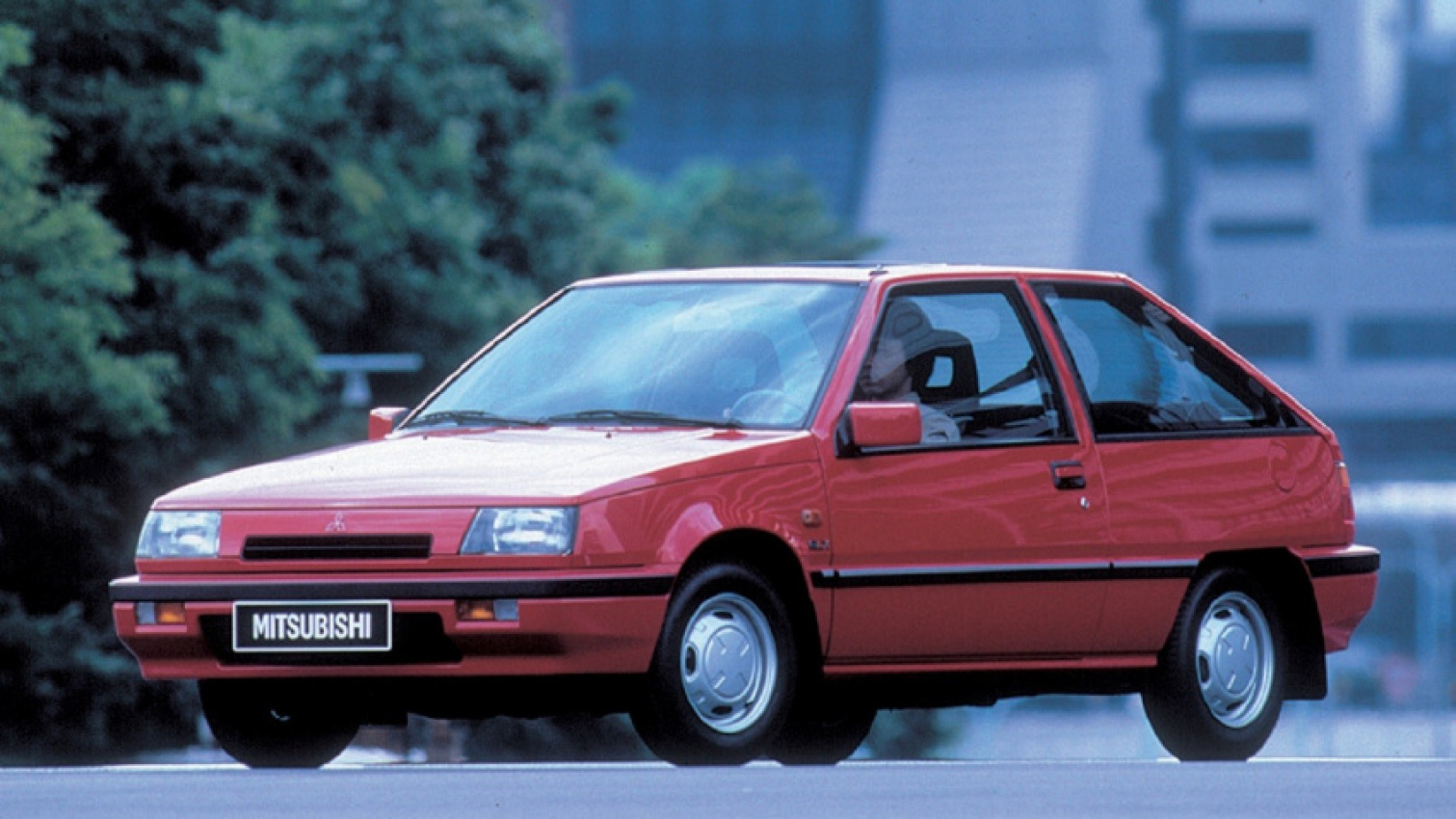
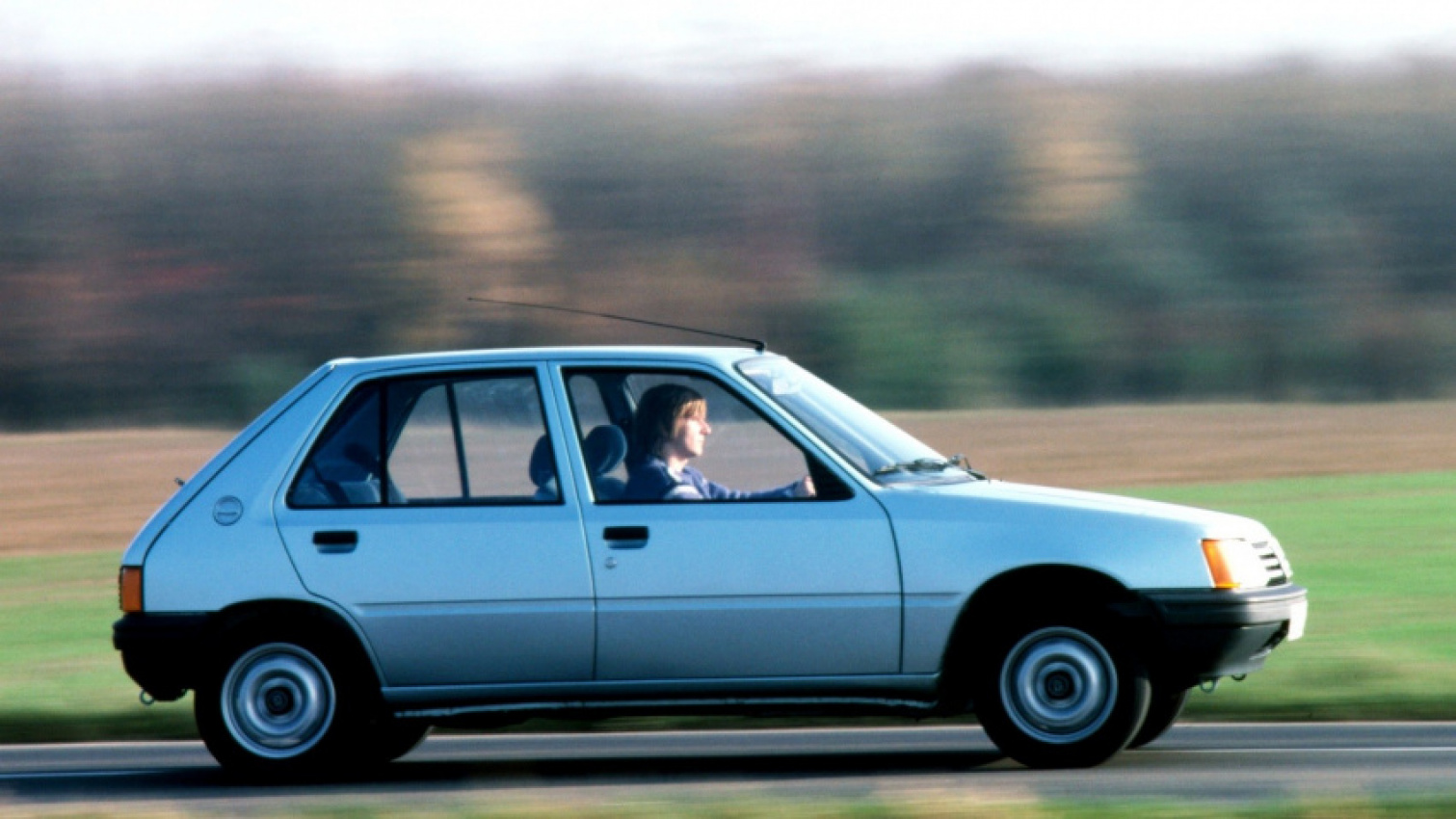

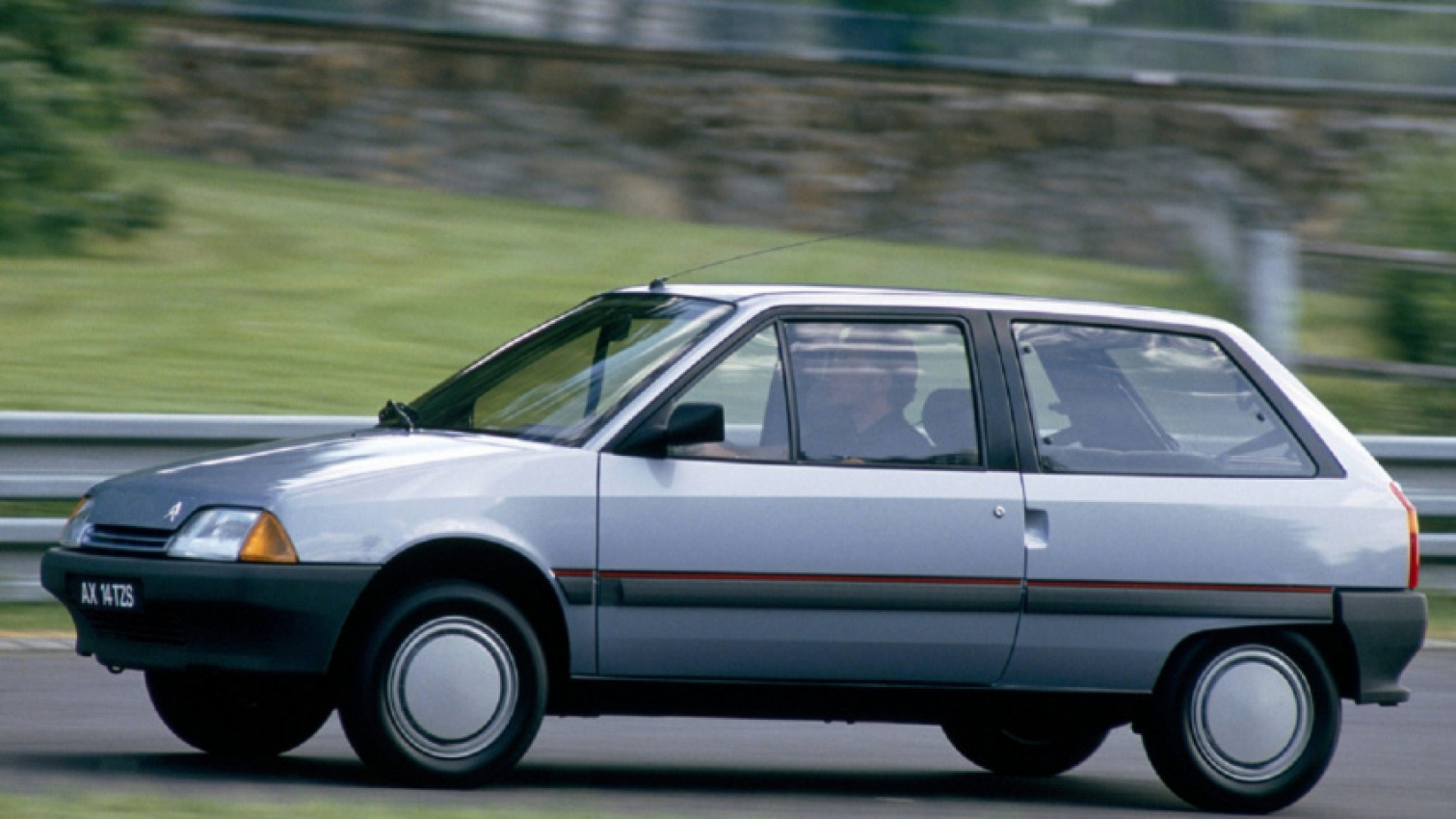

The rise of the supermini
The supermini has been with us for almost a century. In that time, it has evolved from the most basic form of transport to one of the most capable – and as our roads become busier, it is only going to be more important.
But more than that, many fundamental shifts in vehicle design have been used first in these compact cars, so let’s look back at the history of this crucial market segment, with our favourite classic superminis, in date order.
1. Austin Seven (1923)
The car that set the template for small cars, the Austin Seven also put paid to almost any competition from cyclecars and other light cars of the time. Affordable and easy to drive, the Seven had a big car feel in a small package.
Austin developed the Seven throughout its life to keep it relevant all the way to 1939. The Ruby model arrived in 1935 with greater refinement, though many prefer the simpler style of the earlier cars.
2. Morris Eight (1935)
Morris launched the Minor as an answer to the Austin Seven, but it was the Eight of 1935 that gave the firm its first proper supermini. Attractively styled with two- and four-door saloon bodies, it offered more practicality that the Austin that was only available with two doors.
A restyle in 1938 introduced a surprisingly radical look for Morris with the Series E’s waterfall grille, headlights fared into the wings and no running boards. The Series E was good for 60mph, which made it one of the quickest cars in its class.
3. Volkswagen Beetle (1946)
Designed prior to the Second World War and with a handful built in 1939, the Volkswagen Beetle really got going after the war.
The rear-engined design freed up plenty of cabin space for four and even by 1953, more than half a million Beetles had been built.
Production of the Beetle restarted after the war with help from the British Army, which got the factory up and running. After that, there was no stopping the Beetle as it gained more powerful engines, a Cabriolet model, and carried on being built up to 2003 in Brazil.
By then, more than 21.5 million Beetles had rolled off lines in Germany, Mexico and Brazil.
4. Citroën 2CV (1948)
Like the VW Beetle, Citroën’s 2CV was conceived prior to the outbreak of the Second World War. It took a little longer to reach production after the war and made its debut in 1948.
It offered simple, cheap transport with suspension to cope with rough roads, which also gave the 2CV its trademark extreme body lean in corners.
Citroën produced the 2CV in Slough in the UK between 1954 and 1959, but sales in Britain were not impressive. Nor were figures for the British-made Bijou based on the 2CV floorpan that was an attempt to inject some chic into the supermini’s range.
5. Morris Minor (1948)
The Morris Minor in its early MM form was so nearly the definitive supermini. If it were not for the 918cc engine it inherited from the Eight Series E, it would have been untouchable. As it was, performance of these first Minors was sluggish.
The issue of performance was addressed with the introduction of the A-series engine that was a benefit of the BMC (British Motor Corporation) merger.
From there, the Minor went from strength to strength and became the first British car to break the one million production threshold. It’s a testament to how good the Minor is as a supermini that many are still used as intended today.
6. Renault Dauphine (1956)
The 4CV got the supermini ball rolling for Renault in 1947, but it was the 1956 Dauphine that captured the essence of the class.
More powerful and roomier than the 4CV, the Dauphine used a perky 848cc rear-mounted engine, and it was fitted with disc brakes all-round from 1964.
A measure of the success of the Dauphine was it became the first car made in France to exceed sales of two million, beating the Citroën 2CV to this claim.
7. Fiat 500 (1957)
Fiat carried on building its pre-war 500C until 1954, so when the next 500 was launched in 1957, it was christened Nuovo 500.
Pared to the bare necessities, this 500 had a 479cc parallel ‘twin’ engine mounted at the rear and just enough space for a family of four. A bigger 499cc engine added some welcome extra performance.
Changes were few for the 500, with front-hinged doors from 1965 and a better appointed L model from 1967. Otherwise, the 500 marched on largely unchanged and as appealing as ever all the way to 1977, with a total of 2.9 million built.
8. Austin A40 (1958)
A year ahead of the Mini, the Austin A40 proved just as influential on supermini design. Its two-box shape predated the Mini and the likes of the Ford Fiesta and Volkswagen Polo.
A year after its launch, the A40 Countryman offered a lift-up tailgate to make full use of the car’s rear-end styling.
The A40 is also significant because it was the first Austin to be styled by Pinin farina, making a big departure from the rounded cuteness of the A35 it replaced. However, frugality dictated the A35’s speedometer was reused in the A40, along with much of the new car’s running gear.
9. Mini (1959)
The most important feature of the Mini was not its handling or longevity, but the packaging of Alec Issigonis’ design. By placing the engine transversely across the front, with the gearbox underneath, it freed up masses of cabin space with the car’s compact dimensions.
Available as an Austin Seven or Morris Mini-Minor when it was launched in 1959, the Mini was initially a slow seller. However, buyers soon cottoned-on to its low price and fun drive that put an end to the bubble-car era, just as the first Austin Seven saw off all-comers in the 1920s.
10. Ford Anglia 105E (1960)
Ford’s much more conservatively designed answer to the Mini was the Anglia 105E. It retained a longitudinally mounted engine up front and rear-wheel drive. However, what it lacked in innovation, the Ford more than made up for with its peppy performance and sharp looks.
Recognising that buyers were using these small cars for longer, more adventurous trips, Ford added the Super 123E to the Anglia range in 1962. It had a bigger 1.2-litre engine in place of the standard car’s 1.0-litre, as well as some added chrome to let everyone know which model you were driving.
11. Renault 4 (1962)
Perhaps the biggest surprise with the Renault 4 was how long it took to arrive as a response to the Citroën 2CV.
Similar in ethos to the 2CV, the 4 was very different in its mechanical approach, with an in-line four-cylinder engine mounted behind the gearbox to drive the front wheels. However, the 4 mimicked the Citroën’s push-pull gearlever that takes some getting used to.
The arrival of the Renault 5 in 1972 should have spelled the end for the 4, but it happily soldiered on until 1991, with production latterly in Argentina, when the Clio made its debut. Its simplicity and low price appealed to many, as well as its supple ride that was well suited to rough tracks.
A production tally of approximately eight million 4s proves its popularity.
12. Hillman Imp (1963)
Not quite as ingeniously engineered as the Mini, the Hillman Imp was still a bright idea. A revvy four-pot engine at the rear gave good performance and lots of cabin space.
The opening rear hatch has become a supermini essential, even if the Imp’s engine cover made it trickier to use this practical touch.
Sadly, the Imp faced too many hurdles. It arrived too long after the Mini had established its dominance, and build quality issues plagued its production life until the last one was made in 1976. However, it still gave us some great versions in the shape of the Californian, Husky estate, and Singer and Sunbeam models.
13. DAF 44 (1966)
Dutch firm DAF had already introduced its quirky 750 model in 1962, but it was the 44 of 1966 that piqued buyers’ interest. A bigger 848cc engine for the 44 helped its usability as a supermini run-around, though it retained a two-door saloon body.
The drivetrain was the polarising part of the DAF’s design. For some, it made driving simplicity itself as the V-belt infinitely variable transmission meant all you did was put the lever in forward or reverse to get moving. Others found this stepless transmission just plain odd.
A switch to a Renault engine in the 55 offered better pace in 1968, but the base 44 outlived it and stayed in production until 1975 when new owner Volvo called time.
14. Honda N600 (1968)
Honda is highly regarded for its clever superminis today, but in 1968 the N600 had to make do with an air-cooled twin-cylinder engine to drive its front wheels. The two-box styling was bang on the supermini trend, but it was squandered as the upper glass was fixed in position.
While the N600 was not a sales star for Honda, it’s important because it set the Japanese firm on the path to being one of the world’s leading supermini makers. It also showed how quickly Honda learned from its mistakes, because the Z Coupé and Civic that followed were resounding successes.
15. Fiat 127 (1971)
Bland it may be, but the Fiat 127 was in the vanguard of modern superminis.
It used the same front transverse engine layout as a Mini to maximise cabin and luggage space, which it did to the point where it was the benchmark for all rivals throughout the 1970s.
Fiat did just enough throughout the 127’s 12-year life cycle to keep it relevant, and 3.3 million buyers reckoned it was just right.
16. Renault 5 (1972)
At its launch in 1972, the Renault 5 did not offer anything palpably new or innovative. What it did, though, is bring together all of the strands we now identify as key to a great supermini.
Independent suspension endowed the Renault with a cushy ride and tenacious handling, the cabin was roomy, and the boot was accessed through a lift-up tailgate.
Renault stuck with the same engine and gearbox layout for the 5 as it used in the 4, but it worked well. The 5 was styled by Michel Boué and remained in production for 12 years, when it was replaced by the updated Super Cinq.
17. Audi 50 (1974)
If the Audi 50 bears more than a passing resemblance to the Volkswagen Polo, it’s no coincidence.
Audi developed the car as a new lower entry point to its range and it arrived at just the right time as the energy crisis bit hard. Weighing 685kg, the compact Audi was cheap to run yet still embodied all of the usual Audi values of quality and reliability.
The 50 sold steadily, but went out of production in 1978, whereas the Polo launched in 1975 is still with us and one of the pillars of the supermini community.
18. Volkswagen Polo (1975)
The Polo was a key car in Volkswagen’s shift away from the ageing Beetle. Alongside the already launched Golf and Passat models, the Polo completed its core range of modern, front-drive family cars.
The Polo was the smallest of the bunch, but it offered generous cabin space, a big boot and dependable engines. Satisfied with the way the Polo turned out, Volkswagen left it untouched until its estate-like replacement arrived in 1981.
19. Ford Fiesta (1976)
It took Ford until 1976 to directly replace the Anglia, but when the Fiesta arrived it gave all of the competition much to worry about.
Sharp styling made it stand out and Ford applied its usual broad range of trim levels, so you could tailor the Fiesta to suit your pocket and needs.
The Fiesta wasn’t Ford’s first front-wheel drive car, with that accolade going to the 1963 Taunus. However, the Fiesta made a far better job of the packaging and, combined with the facelifted Mk2 model, Ford sold just shy of five million of the first of its true supermini line.
20. Mini Metro (1980)
Stepping out of the shadow of its illustrious Mini sibling wasn’t easy for the Metro, but it managed this by being a far better supermini.
Larger in every dimension, the Metro offered much better passenger accommodation and boot space than the Mini, and there was a hatchback to access the boot.
Offered as a three-door to begin with, a five-door model joined the range in 1984, while MG versions were offered from 1982.
21. Mitsubishi Colt (1983)
The rising important of Japan in the supermini market in the 1980s can be charted through the Mitsubishi Colt. It started the decade as an ungainly looking three- or five-door hatch, but well equipped and with decent handling.
By the end of the decade, the Colt was a handsome supermini hatch, with revvy three-valve-per-cylinder engines just as the 1990s kicked in.
Roomy and good to drive, the Colt might not have been the most memorable supermini, but it ticked the boxes for a lot of drivers.
22. Peugeot 205 (1983)
Peugeot’s 205 is viewed by many as the seminal 1980s supermini, yet it carried on until 1997 by which time more than five million had been built.
By then, the 205 had become an institution, aided by the brilliance of the hot hatch GTI and unbreakable reliability of the diesels.
More fundamental to the 205’s success was it brought a dash of style where previous Peugeot superminis had been worthy but dull.
23. Vauxhall Nova (1983)
Vauxhall got in on the supermini market late in the day with the Nova. Its appeal lay in keen pricing and plenty of choice when picking a trim level to fit your budget.
It was also crisply styled with subtly blistered wheelarches that were very much of the era.
The Nova is important for finally waking Vauxhall up to the supermini sector, so it’s a shame the Nova was mediocre to drive and sit in.
24. Citroën AX (1987)
Building a supermini today with a base weight of 640kg (1410lb) is unthinkable today, but Citroën did it with the AX in 1987. Such little mass allowed the AX to handle brilliantly, helped by its compact 90-inch wheelbase.
This didn’t allow for much rear passenger or boot space, but few cared when driving the Citroën.
The AX helped to pioneer the use of plastic for body panels, such as the tailgate and bonnet, as part of its drive to keep weight to a minimum.
25. Renault Clio (1990)
Renault intended the Clio as a replacement for the ageing 5, even if the two ran alongside each other in the price lists until the Super Cinq’s eventual demise in 1996.
What the Clio really did was raise buyers’ expectations of a supermini firmly upmarket. No longer mere cheap transport, the Clio was a desirable car in its own right.
Offered in three- and five-door hatch shapes, this first-generation Clio was comfy, good to drive and, most vitally, just a bit more chic than the competition.
Keyword: 25 cracking classic superminis
